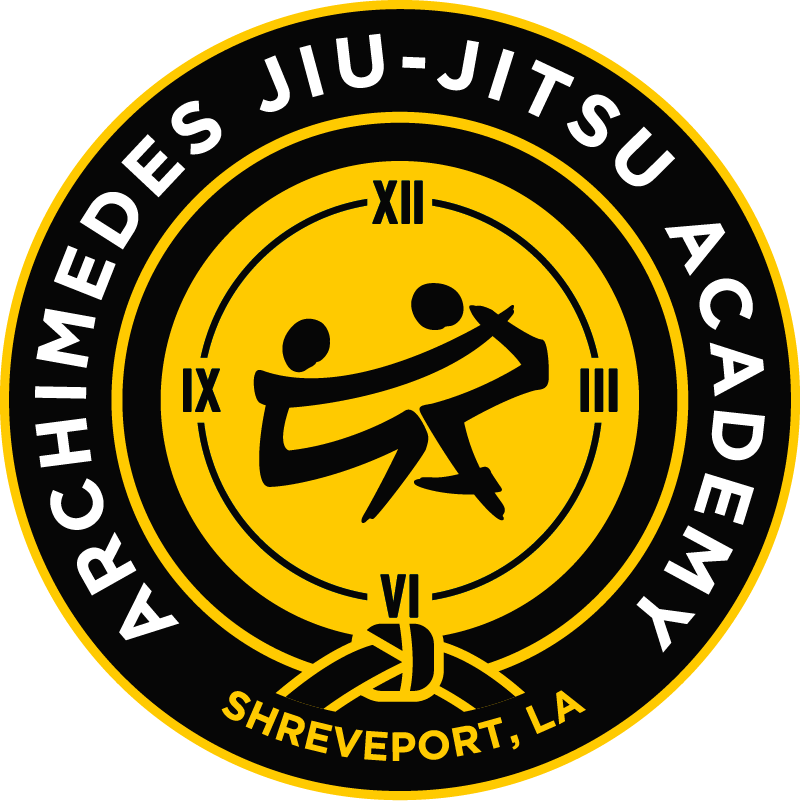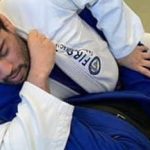Which should I train, Gi, or No-Gi? The answer is Yes and it depends! In this article we’ll discuss the merits of training both, and when you should focus on one more than the other.
Which should you train, Gi, or No-Gi? The answer is Yes, and it depends. In this article we’ll discuss the merits of training both Gi and No-Gi, and when you may want to focus on one over the other. First it’s important to understand what we mean by Gi vs No-Gi. Gi is the Judo looking uniform that allows competitors to grab each other’s clothing. They can use either their clothing or their opponent’s clothing to do takedowns, guardplay, guard passing, pinning and submissions. No-Gi on the other hand is a rule set that does not allow for the grabbing of any clothing other than your own and that clothing cannot be used to do any of the above techniques. Competitors typically wear a rashguard, spats, and shorts or any combination.
Since we got the definition out of the way let’s jump straight into the meat of this topic. There are 4 benefits to training both Gi and No-Gi: Technique Variation, Grips, Skill Translation, Improved Defense and Offense. In our next article we’ll discuss when specialization makes sense.
The first benefit is Technique Variation. If I only train Gi or No-Gi I lose half of the sport of Jiu-Jitsu. Training both will expose you to the different grips, techniques, and submissions. The body of knowledge in the sport of Jiu-Jitsu uses both modes. Both the beginner and advanced Jiu-Jitsu student stands to gain something from this first benefit of training both Gi and No-Gi. The beginner student needs to be exposed to as many aspects of Jiu-Jitsu as possible. This allows them to have as large of a repertoire to draw their game from. The advanced student can add depth to an established game simply by either putting on a Gi or taking their Gi off. Don’t believe me? Try playing a De la Riva Guard in No-Gi or try shooting a double leg takedown against an opponent with established grips. In both scenarios you’ll find that it is more difficult doing these techniques in the different opposite modes. Doing both will ultimately create a more well rounded Jiu-Jitsu athlete.
The second benefit that students can get by playing both is the Gripping and Control. The Gi has nearly an infinite number of handles. Some of those handles are easier to work with than others. No-Gi relies on wrist and elbow control and emphasizes the importance of the nuances of underhooks and over hooks. Both of these gripping styles can be used in the application of Self Defense. If you happen to be in a cold environment you can find some value in the establishing of grips to attack your opponent. Or conversely if you get attacked on the beach by a disgruntled surfer you can use your No-Gi techniques to great effect by establishing underhooks to control your opponent.
The skills developed in one can be applied to the other. This mainly applies from No-Gi to Gi. If my opponent’s gi is undone in a match and I cannot secure the collar choke I can use a standard Rear Naked Choke to submit my opponent. If I never train in No-Gi where my only options are those techniques I’ll not be as well practiced at the execution of those techniques. The other translation of skill is pace. No-Gi matches are usually at a faster and more explosive pace. This increase in pace can be brought into the Gi matches to get a leg up on your opponent vs coming in a little more slower and methodical. That increased pace can improve the skill of scrambling. We’ll talk more about that in a future article.
The final benefit for training both is the improvement in both offensive and defensive skills. The Gi is often touted as the pinnacle of defense and skill. This is because of the increased difficulty of escaping submissions and positions in the Gi. No-Gi allows you to slip out of techniques that would not be possible in the Gi. However No-Gi is the pinnacle of offense. Yes there certainly are more techniques in Gi but controlling an opponent in No-Gi is far more difficult. I cannot tell you how many times the grips or even the friction of the fabric of the Gi allowed me to control an opponent when if we were in No-Gi I would be unable to control that same opponent.
The exception to everything above will be covered in our next article.





